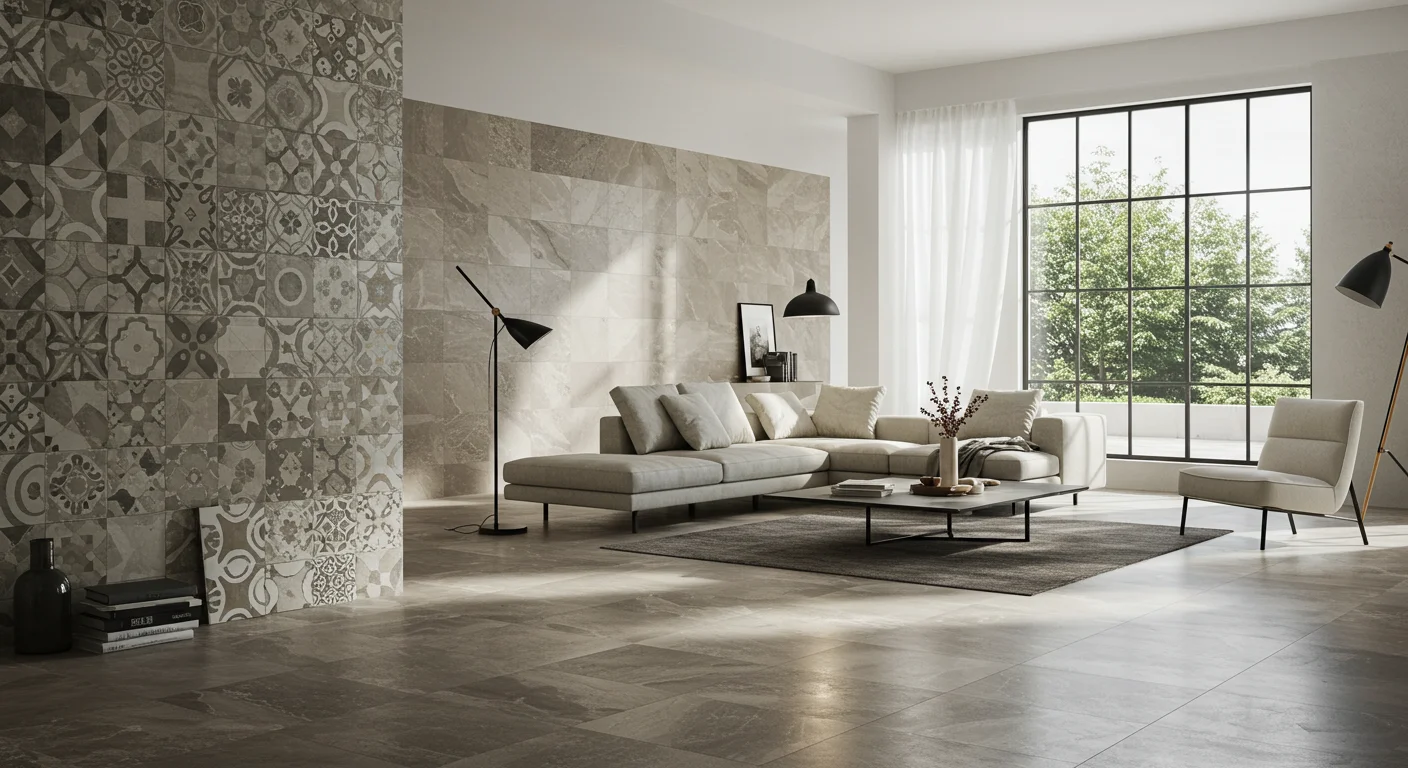Ceramics have long been a staple in our homes and businesses, providing both beauty and functionality. However, the traditional methods of producing ceramics often come with a heavy environmental toll. Enter Sodiceram—a pioneering company that is redefining what sustainable ceramics can be. With its innovative practices and commitment to eco-friendly production, Sodiceram is not just creating products; it’s fostering a movement toward greener living. As consumers become more conscious of their choices, Sodiceram stands at the forefront, ready to lead us into a future where style meets sustainability seamlessly. Let’s explore how this groundbreaking brand is changing the landscape of ceramic manufacturing for good.
The Negative Environmental Impact of Traditional Ceramics
Traditional ceramics come with a hefty environmental price tag. The production process often involves high energy consumption, primarily from fossil fuels. This not only contributes to greenhouse gas emissions but also intensifies climate change.
The extraction of raw materials like clay and feldspar can lead to significant land degradation. Mining these resources disrupts ecosystems and displaces wildlife, threatening biodiversity.
Water usage is another concern. Many ceramic manufacturing processes require substantial amounts of water, straining local supplies and affecting communities relying on this vital resource.
Additionally, the firing process emits pollutants into the air. These emissions can compromise air quality and harm public health.
The cumulative effects present a pressing challenge for sustainability in the ceramics industry. As awareness grows, it’s essential to seek alternatives that minimize such impacts while meeting consumer demands.
How Sodiceram is Revolutionizing the Industry with Sustainable Practices
Sodiceram is leading the charge in sustainable ceramics through innovative manufacturing techniques. They prioritize eco-friendly raw materials, significantly reducing reliance on harmful substances.
Their production process minimizes waste and conserves energy. By utilizing renewable resources and harnessing advanced technology, Sodiceram achieves remarkable efficiency.
The company also embraces a circular economy model. This approach promotes recycling and repurposing ceramic products at the end of their lifecycle, preventing landfill accumulation.
Additionally, Sodiceram collaborates with local communities to source materials responsibly. This not only supports regional economies but ensures that practices align with environmental stewardship.
By setting new standards in sustainability, Sodiceram inspires other manufacturers to rethink traditional methods while paving the way for a greener future in ceramics.
Benefits of Choosing Sodiceram Products
Choosing Sodiceram products brings a wealth of advantages that extend beyond aesthetics. First and foremost, these ceramics are crafted using eco-friendly materials. This commitment to sustainability means you can feel good about your purchase.
The durability of Sodiceram products is another significant benefit. Built to last, they resist wear and tear better than conventional options. This quality translates into lower maintenance costs over time.
Additionally, Sodiceram offers a stunning range of designs and colors. You can easily find pieces that fit any decor style while contributing positively to the environment.
Another perk is their ability to withstand extreme temperatures without compromising integrity. Whether for kitchen use or artistic display, these ceramics remain reliable in various conditions.
Choosing Sodiceram supports an innovative brand dedicated to reducing environmental impact in the ceramics industry—making each purchase meaningful and impactful.
Case Studies: Success Stories of Companies Using Sodiceram Products
Numerous companies have embraced Sodiceram products, showcasing the positive shift towards sustainable ceramics. One standout example is a leading hospitality chain that replaced traditional ceramic tableware with Sodiceram’s eco-friendly alternatives. This switch not only reduced their carbon footprint but also enhanced guest experiences through stylish and durable design.
Another success story involves a renowned restaurant group that integrated Sodiceram plates into its dining offerings. The vibrant colors and unique textures captivated patrons while aligning with their sustainability goals. Customers appreciated knowing they were supporting an environmentally conscious brand.
A small boutique hotel adopted Sodiceram tiles in its renovation project, achieving both aesthetic appeal and energy efficiency. Their commitment to sustainability attracted eco-minded travelers seeking responsible accommodations.
These case studies reflect how diverse industries leverage Sodiceram’s innovative solutions, proving that sustainable choices can enhance business operations while contributing positively to the environment.
How Consumers Can Support Sustainable Ceramics with Their Purchases
Supporting sustainable ceramics starts with informed choices. When shopping, look for brands that prioritize eco-friendly practices and materials. Research companies like Sodiceram, which are committed to sustainability.
Consider the lifecycle of products before purchasing. Invest in durable items that last longer, reducing waste over time. Opt for local artisans or manufacturers who minimize transportation emissions.
Participate in community events that promote sustainable ceramics. These gatherings often showcase innovative products and educate consumers on responsible consumption.
You can also spread awareness about the importance of choosing sustainable options by sharing your discoveries on social media platforms. Engaging discussions encourage others to make mindful purchases as well.
Consider implementing a recycling plan at home for ceramic items you no longer need. Every small action contributes to broader environmental benefits and supports the mission behind brands like Sodiceram.
The Future of Sodiceram and Its Potential Impact on the Environment
Sodiceram stands at the forefront of a transformative movement in ceramics. By prioritizing sustainability, it paves the way for an eco-conscious future.
The innovative materials used by Sodiceram significantly reduce waste and energy consumption. This shift not only curtails pollution but also promotes responsible resource management.
As more consumers demand environmentally friendly products, Sodiceram’s approach could redefine industry standards. The ripple effects of their practices may inspire competitors to adopt greener methods.
Furthermore, collaborations with architects and designers create opportunities for sustainable building solutions. These partnerships can enhance both aesthetics and functionality while minimizing ecological footprints.
Through education and community engagement, Sodiceram encourages mindful consumer choices that support environmental health. Each purchase echoes a commitment to protecting our planet’s resources now and for generations to come.
Conclusion
Sodiceram is paving the way for a greener future in the ceramics industry. As consumers become increasingly aware of their choices, brands that prioritize sustainability are gaining traction. The innovative practices adopted by Sodiceram not only reduce environmental harm but also enhance product quality.
The traditional ceramics industry has long been associated with high energy consumption and waste production. By contrast, Sodiceram’s approach emphasizes eco-friendly materials and efficient production methods. This shift is crucial as more businesses recognize their responsibility towards the planet.
Choosing Sodiceram products means supporting sustainable practices while enjoying beautifully crafted items that align with modern values. Case studies illustrate how companies partnering with Sodiceram have seen significant positive impacts on both their ecological footprints and brand images.
Consumers play an essential role in this movement. Every purchase can send a powerful message about the demand for sustainable options within the market.
As we look to the future, it’s clear that Sodiceram holds immense promise for transforming how ceramics are produced and consumed worldwide, making strides toward a healthier planet one tile at a time.

